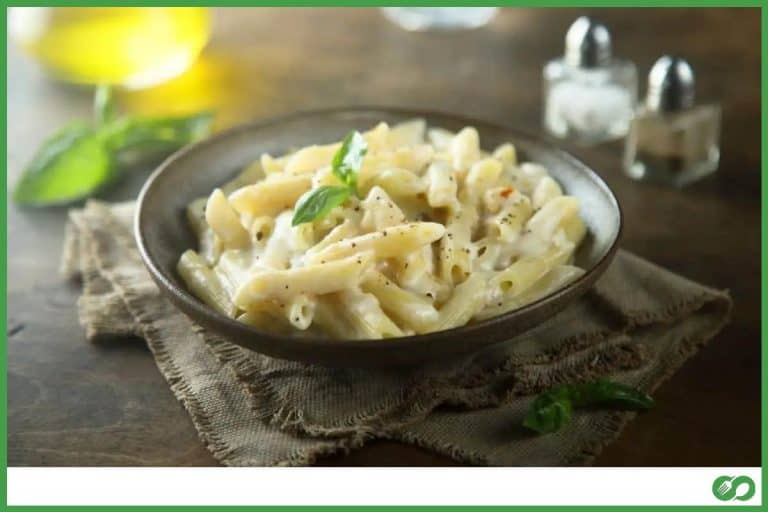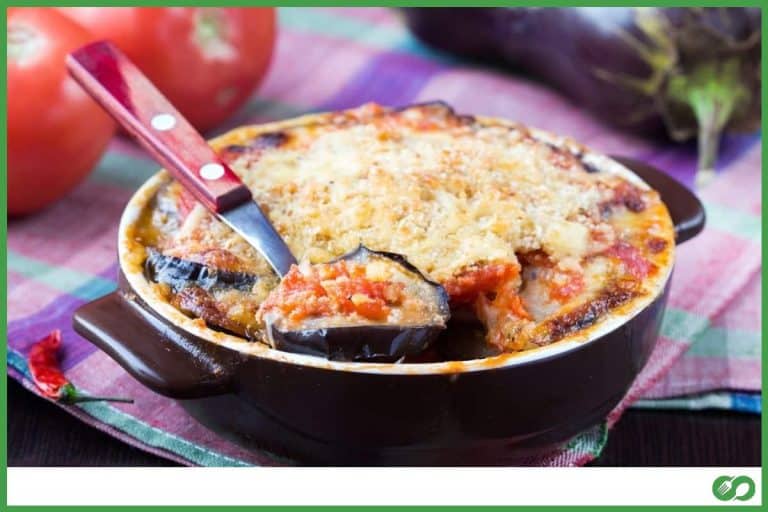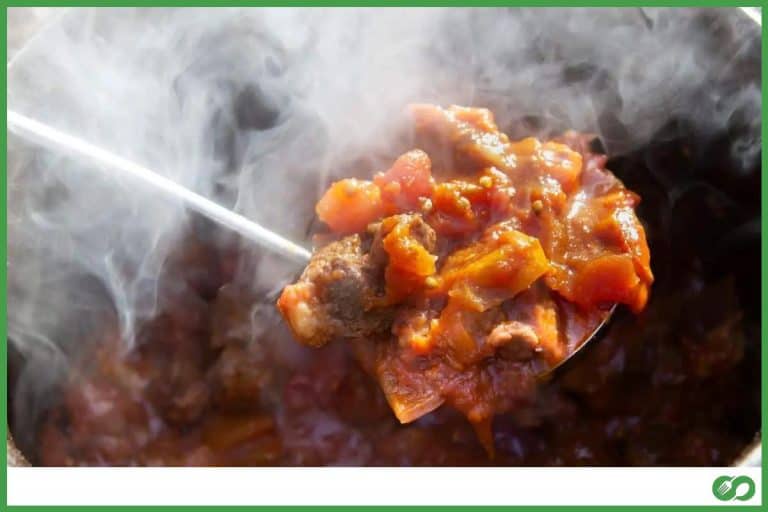Can You Reheat A Sandwich With Mayo On It?
This post may contain affiliate links which means that, if you choose to make a purchase, I may earn a small commission at no extra cost to you.
Mayonnaise is an essential component of practically any dish that calls for a sauce. As a result, many of us are aware that it contains eggs. It can be used to make savory condiments, sandwiches, and so many other dishes. And, given its liquidy texture, you might wonder if you can reheat a sandwich with mayo on it.
With a bit of adjustment, you can totally reheat your sandwich with mayonnaise. The only thing you need to remember is that, since it can split very easily, you should be careful about the heat in the microwave. You can set the timer according to how much mayo you put on your dish.
Many of us still have a dread of microwaving mayonnaise. But it’s not for no reason. When mayo is heated to a high temperature, it easily separates, leaving an unpleasant feeling in your mouth. However, you can microwave it in a few different ways to get the best results.
Reheating A Sandwich With Mayonnaise On It
It’s a process you might not get right the first time. That’s okay, though. What you’ll have to do is consider some general steps before you start reheating. Temperature adjustment and occasionally checking the heat will do enough.
1. Removing fresh ingredients
If you have put fresh vegetables on your sandwich, it’s best to remove them before you heat the sandwich up. On your first try, you can’t be sure that your mayo won’t split. So if it does, there may be a bad taste left in the sandwich.
It will also make the sandwich taste much better since the vegetables won’t be warm. Your sandwich will be as good as new.
2. Give breaks while microwaving
It’s essential that your sandwich doesn’t get too warm or too hot, because it will surely ruin the mayo’s taste and texture. So when you put it in the microwave, heat it for 15 seconds and then stop. Give it a couple of seconds to settle, and then heat it again for 15.
This will temper the mayo on the bread and help it keep its structure. And in the end, you’ll have the product: a perfectly warm mayo sandwich.
3. Don’t give it time to sit
After you’ve heated your sandwich, finish eating it as soon as you can. Mayonnaise is a sensitive ingredient on its own. And when heated, it can go bad quickly. So, to prevent it from breaking down or splitting, chow down on your sandwich straight out of the microwave.
There’s a bit of science involved in why heating up mayonnaise and leaving it out is bad. Before I dive into that, you can look up the perfect method for heating up your mayonnaise with no fail.
4. The Alternative–If You Haven’t Made Your Sandwich Yet
The last way you can do this right is to do it a bit differently. If you haven’t already made your sandwich and want a warm one, put the mayo on later. It might be obvious, but it’s pretty easy to forget it. So if you want a warm sandwich with mayo on it, warm up your bread and put room temperature mayo on it for best results.
Why Is Heating Up Mayo Considered Bad?
As a lot of us know, the main ingredients of mayonnaise are oil, vinegar, and eggs. The way you make it is by emulsifying the oil into the egg, and then beating it till it becomes the thick, creamy texture that you need. Well, when these ingredients come into contact with high heat, they can completely ruin the texture and nutrients in them.
At Room Temperature
Raw eggs are already breeding grounds for bacteria. Homemade mayonnaise contains these raw proteins and other ingredients that can create a culture of bacteria when you don’t keep it cold. So when you leave it out at room temperature for a couple of hours that can get bad too.
In the Microwave
When you heat the mayonnaise in a microwave, you can speed up the growth of the bacteria in the mayo. One thing that is reassuring is that the mayonnaise that you buy from the store contains preservatives. These preservatives can help prevent the condiment from going bad too fast.
In either case, leaving mayo out in warmer temperatures is always a bad idea. Even with preservatives, the mayo can cause stomach problems if it’s spent too long in warm temperatures. It can go bad in many different ways. So, it’s always better to eat the mayo straight out of the fridge, or processed!
But You Don’t Have To Worry About Heating It—Here’s Why
Although I have argued hard that heating mayonnaise can be bad, you can still do it and remain healthy! How? By knowing where your mayonnaise comes from, and following the rules when you heat it.
Before you get scared and stop yourself from reheating the sandwich, let’s discuss the reasons why it’s okay.
The good thing is that mayonnaise from the store contains preservatives. These help to keep the mayo fresh even at room temperature. This means that even if you leave it out accidentally for an hour or two, it will still remain fresh. Here are the reasons you can still microwave your mayo on a sandwich or anything else:
- Industrial preservatives from your mayonnaise brand will keep it fresh for longer than homemade ones.
- Vinegar and lime juice are acidic ingredients that can stop a lot of bacteria from growing in mayonnaise.
- Using pasteurized eggs eliminates many of the risks when putting them in your mayonnaise; these are the same eggs that are used to make store-bought mayonnaise.
- Being careful and hygienic when you’re putting the mayonnaise in dishes will also help keep it safer for warmer temperatures.
- It’s always safer to use store-bought when you’re making warm dishes; be aware that homemade mayo can only last 3–4 days when you make it normally.
Besides these, you can follow the guide above when you heat your mayonnaise up. Remember, low heat, many intervals, and quick eating are the best steps you can take to enjoy a good, warm dish with mayo.
How To Increase The Shelf-life Of Your Homemade Mayo?
If you’re someone who makes their own mayonnaise at home, that’s awesome! Homemade mayo is not just a cheaper way to get the condiment, it’s also very easy to make adjustments to the recipe whenever you want to change it a little. In this type, you can add certain ingredients and process the mayo differently to make it safer for longer use.
Lacto-fermentation of mayonnaise is a process that allows you to preserve your mayonnaise for a very long time. The basic process is easy. Add about half a tablespoon of whey for every egg in the homemade mayo. Then, you have to mix it thoroughly and let it sit for 6 hours at room temperature. After that, you can put it in the fridge to last about 2 months.
Using pasteurized eggs and completely sterilized kitchen tools to make your mayonnaise are also some things you can be careful about. They are little things but can make a world of difference in making healthier mayo. Some other tips that a lot of people suggest are mixing in yogurt or using olive oil instead of vegetable oil, to keep your mayo fresh.







